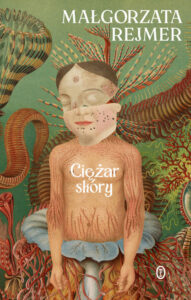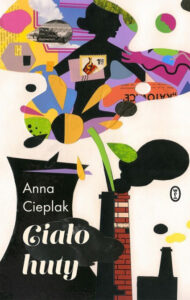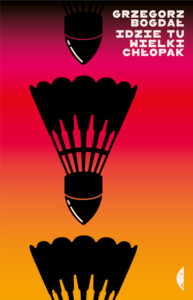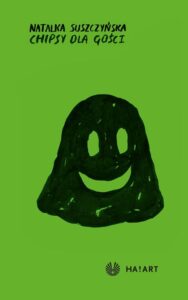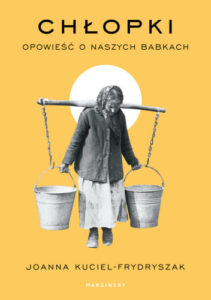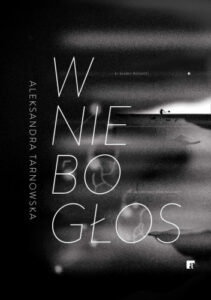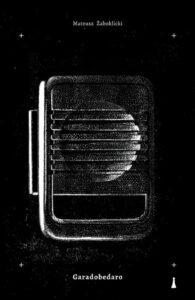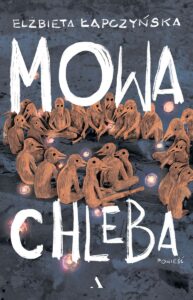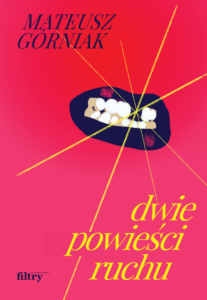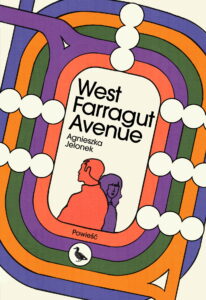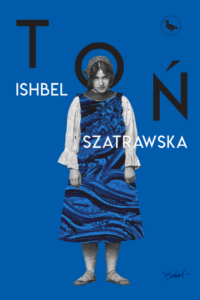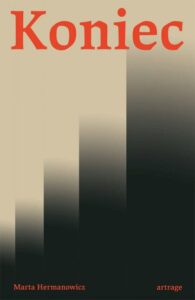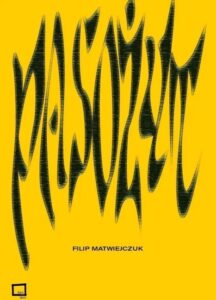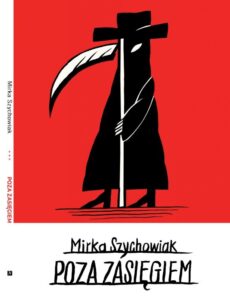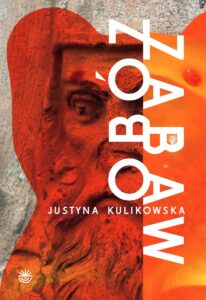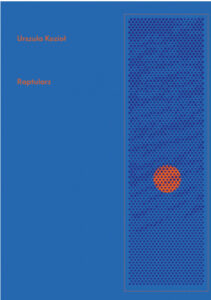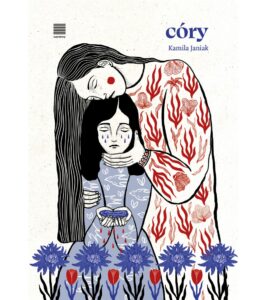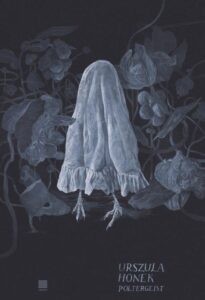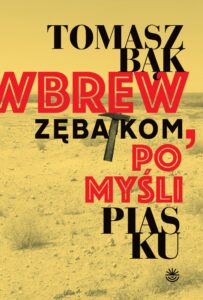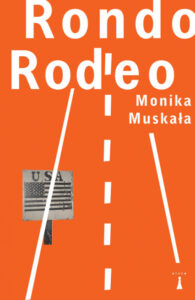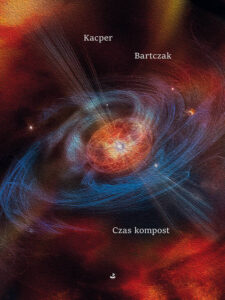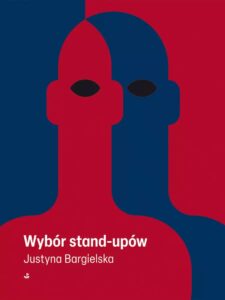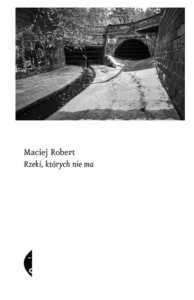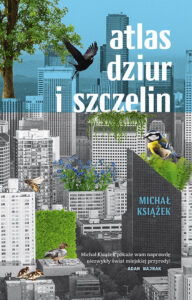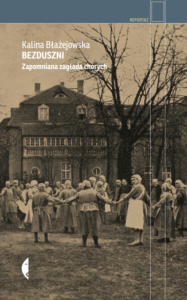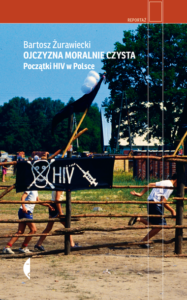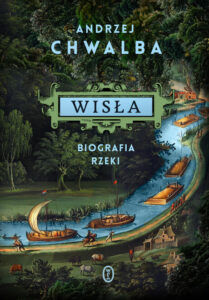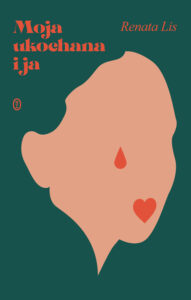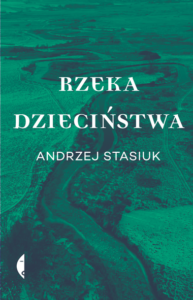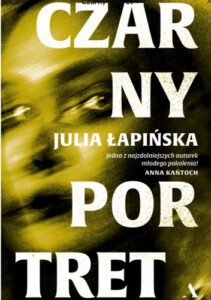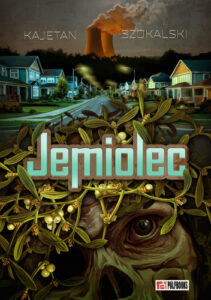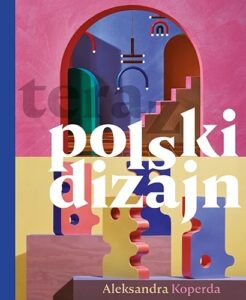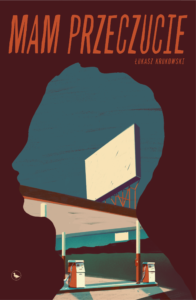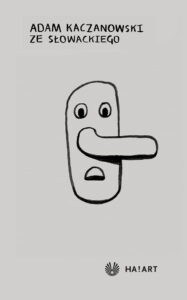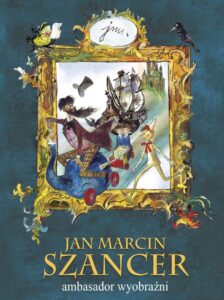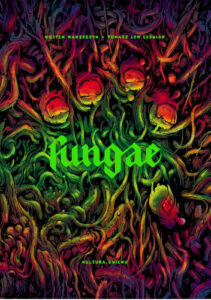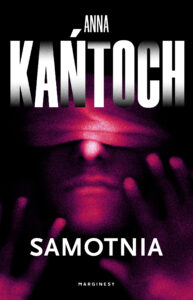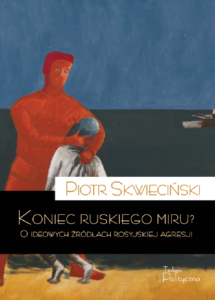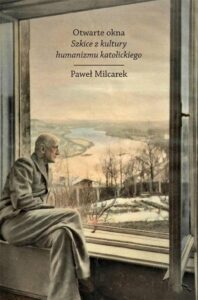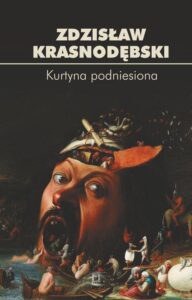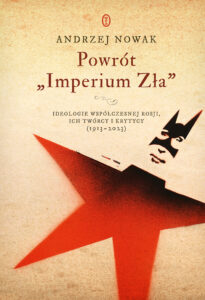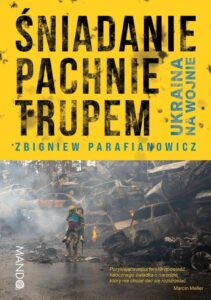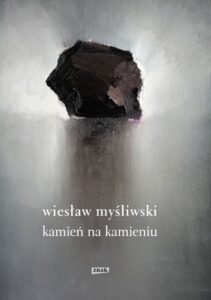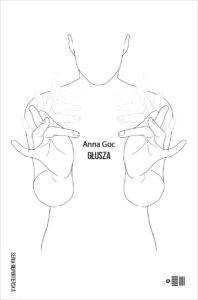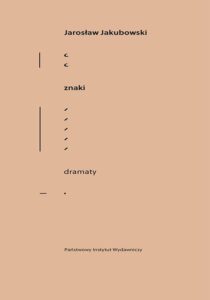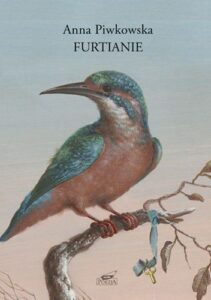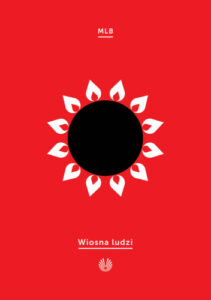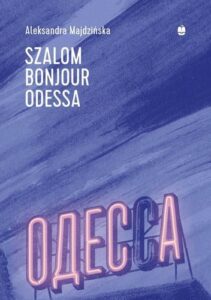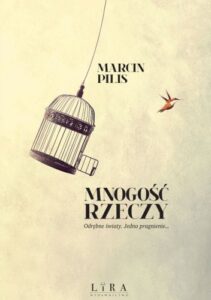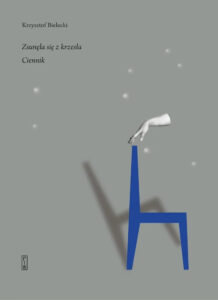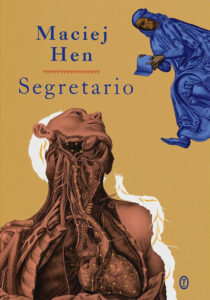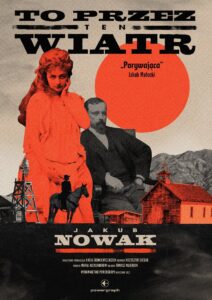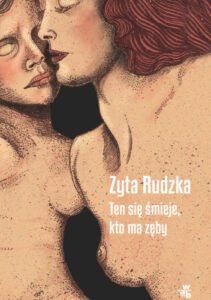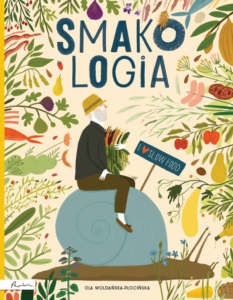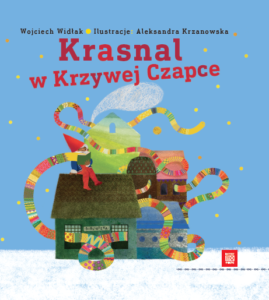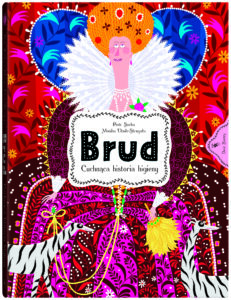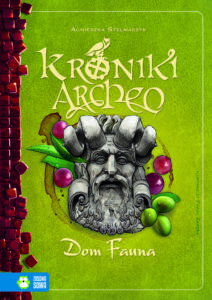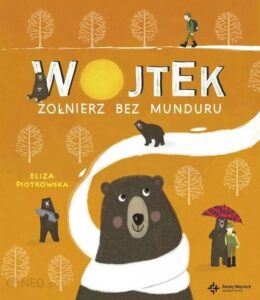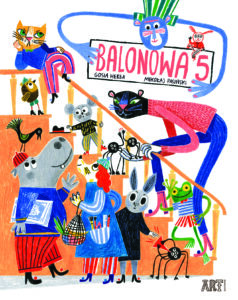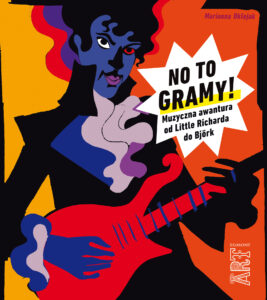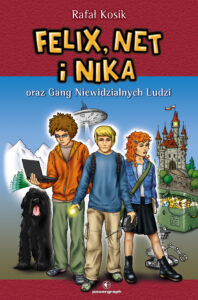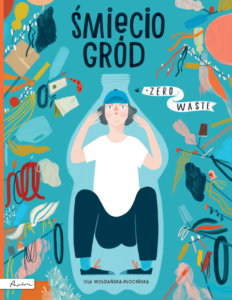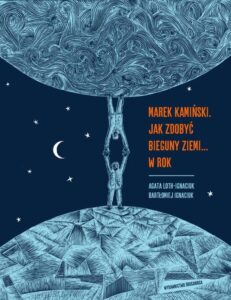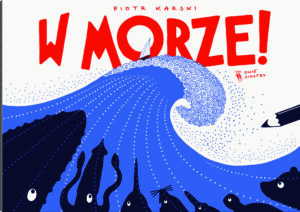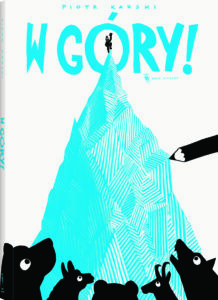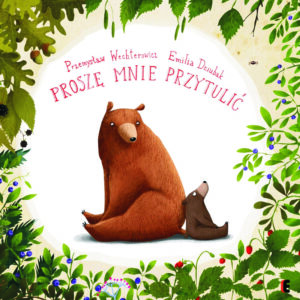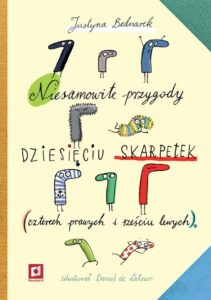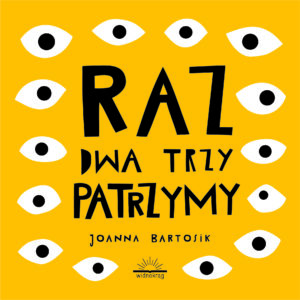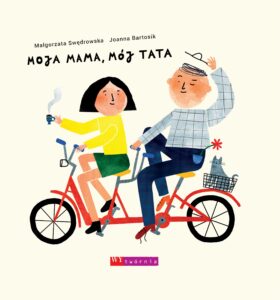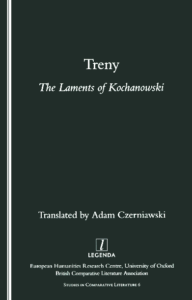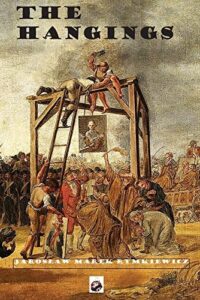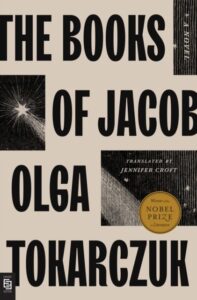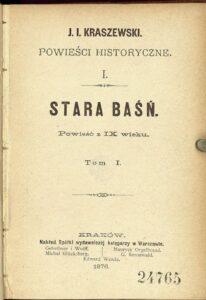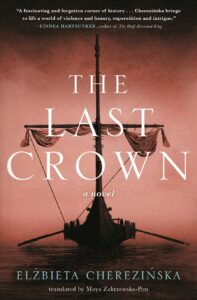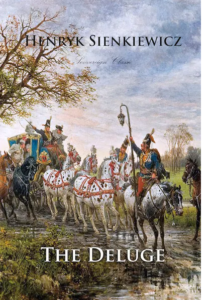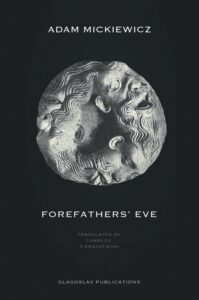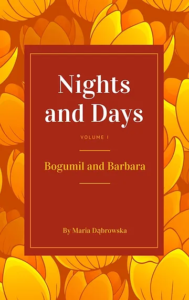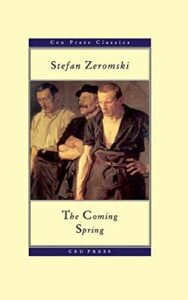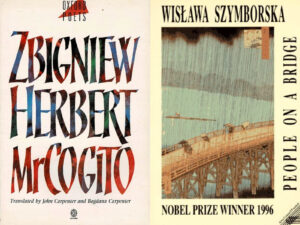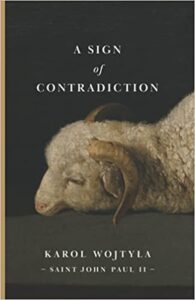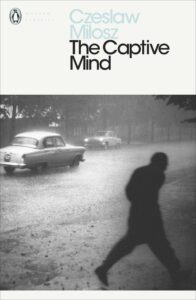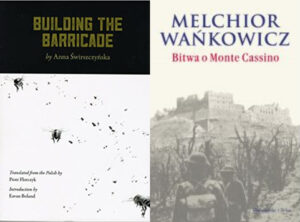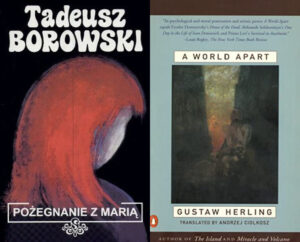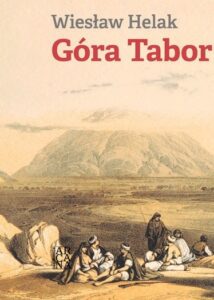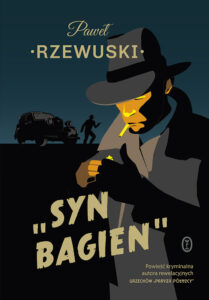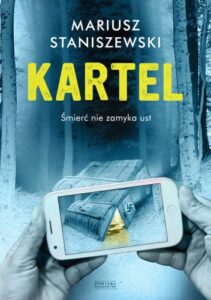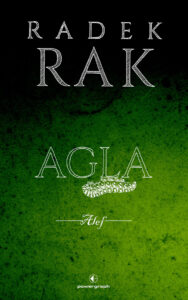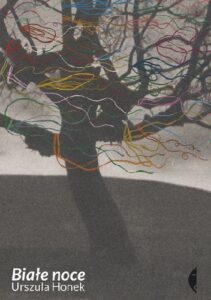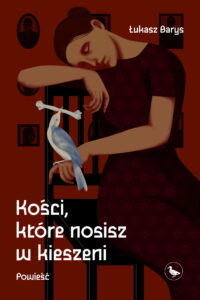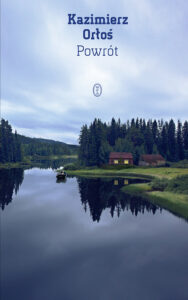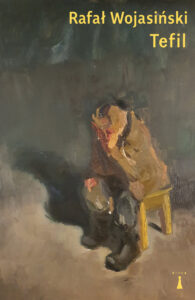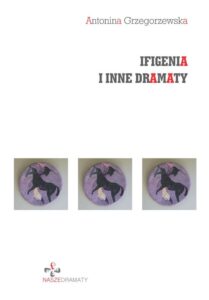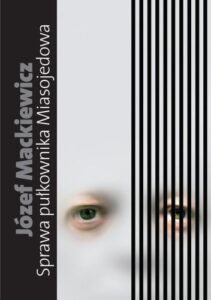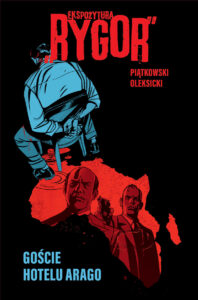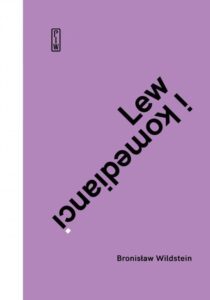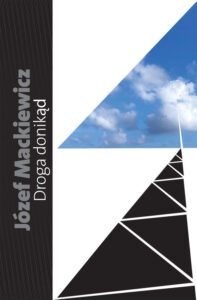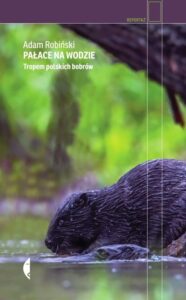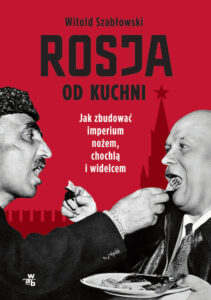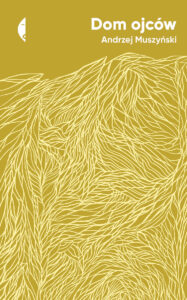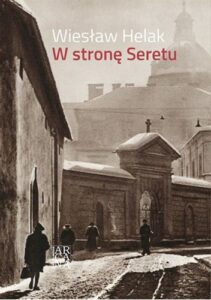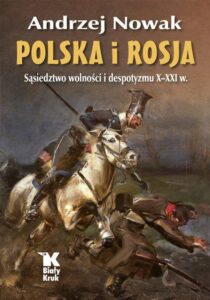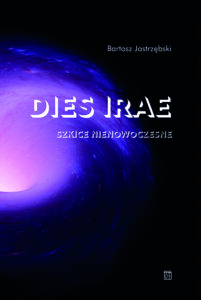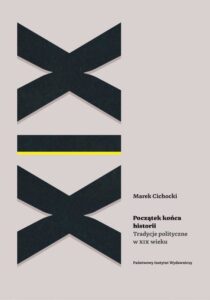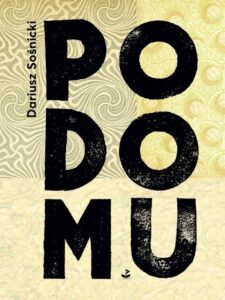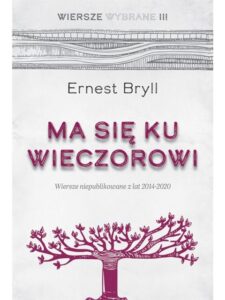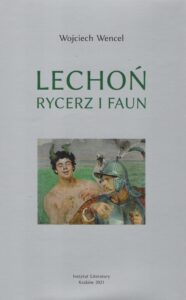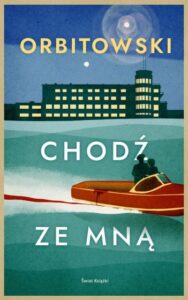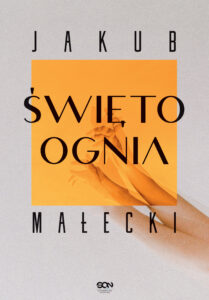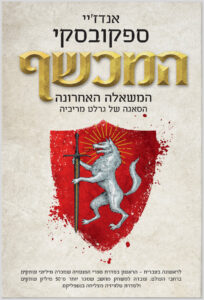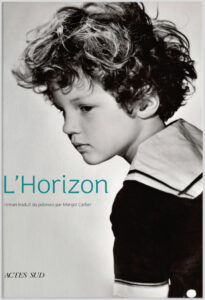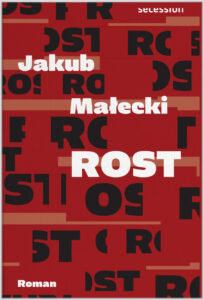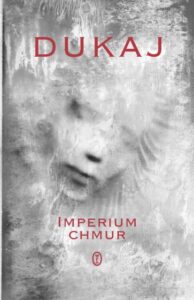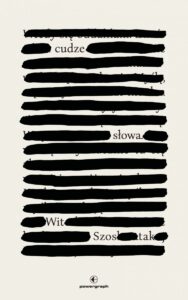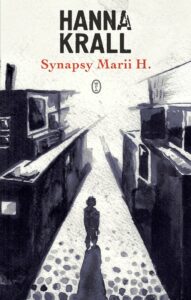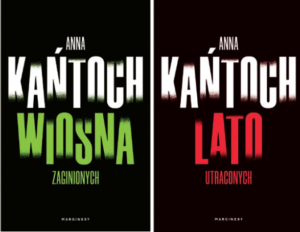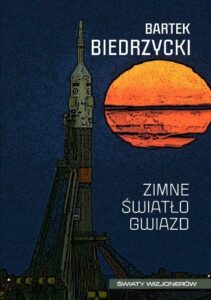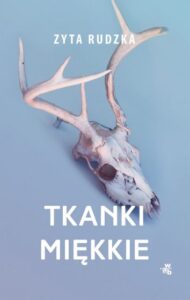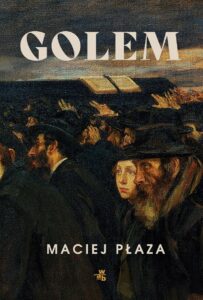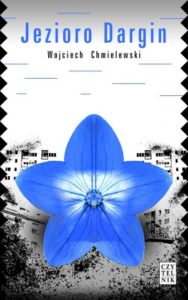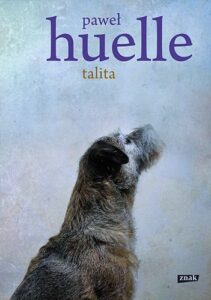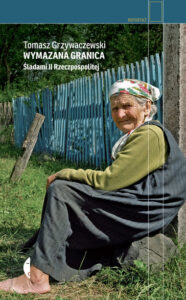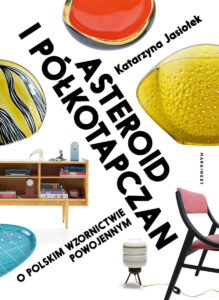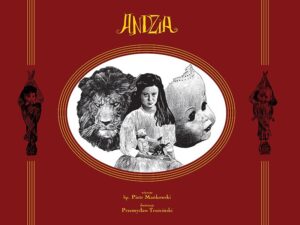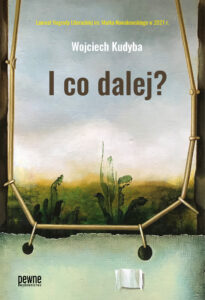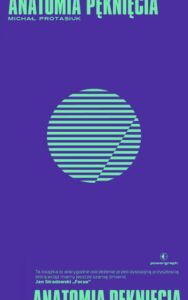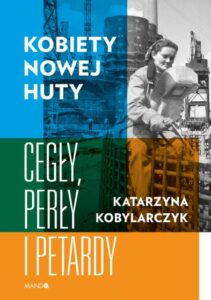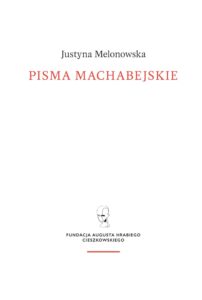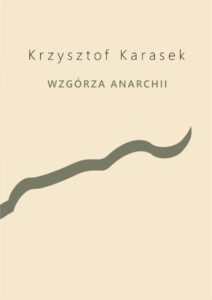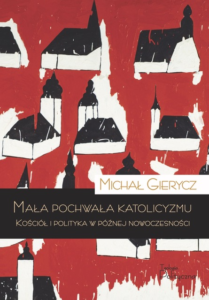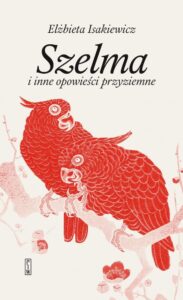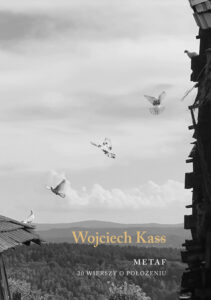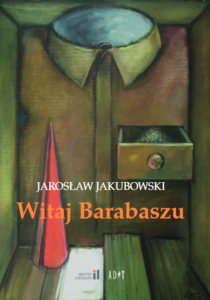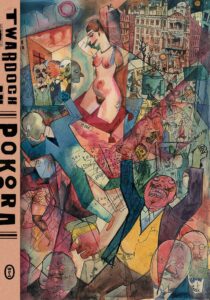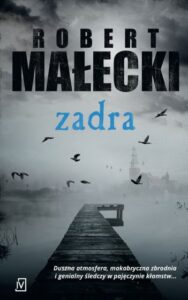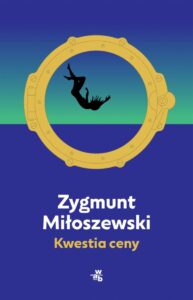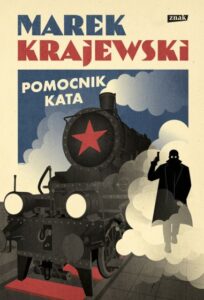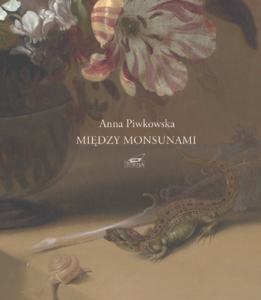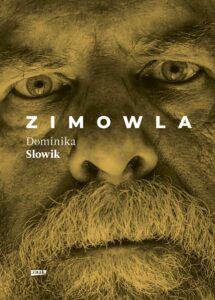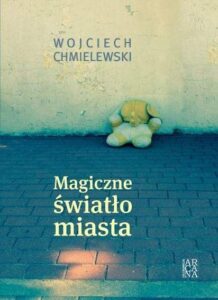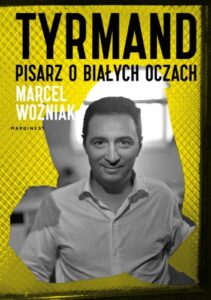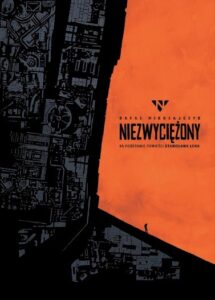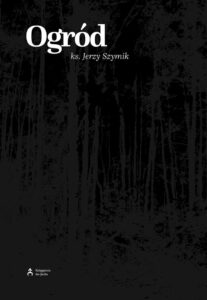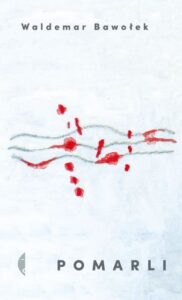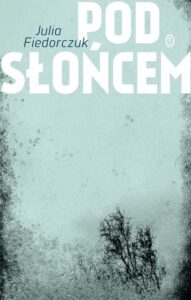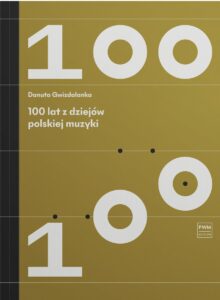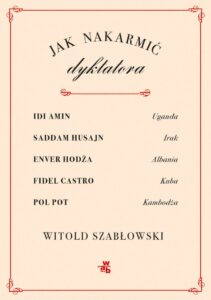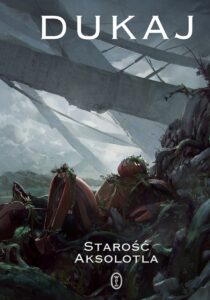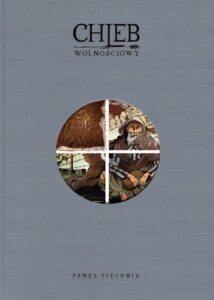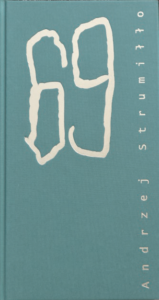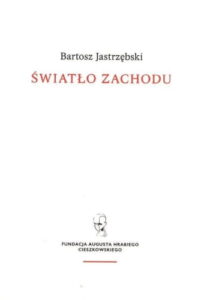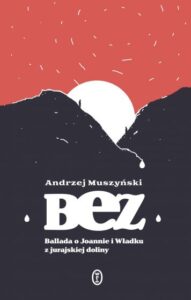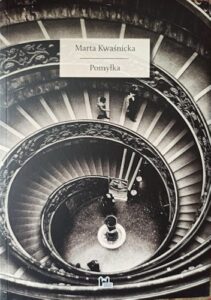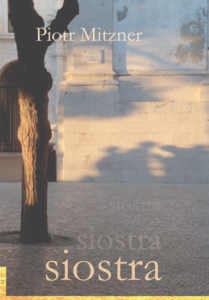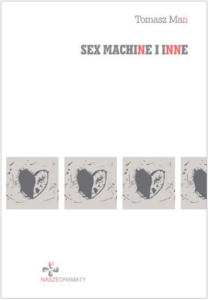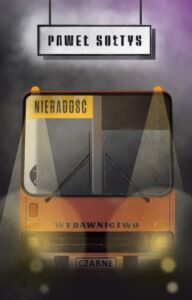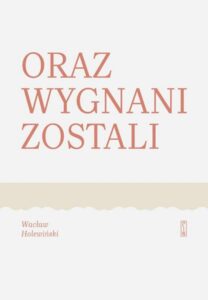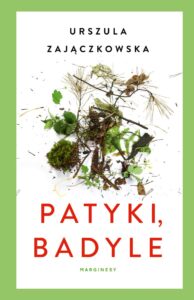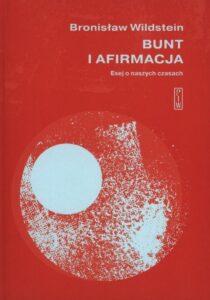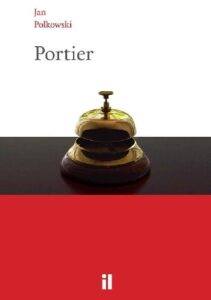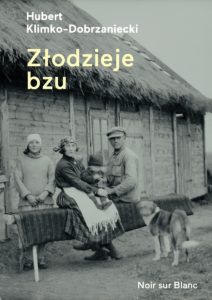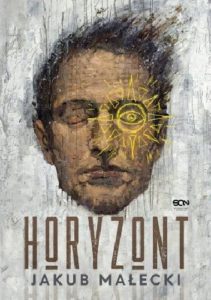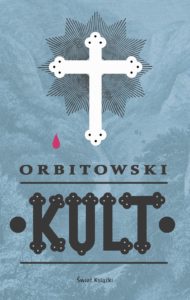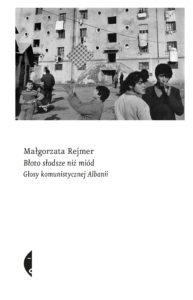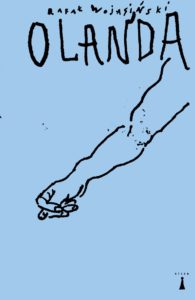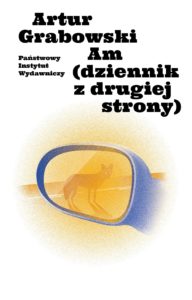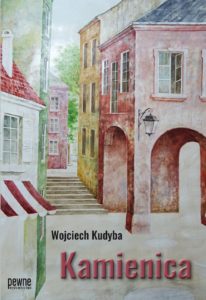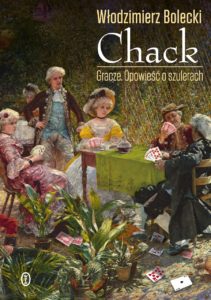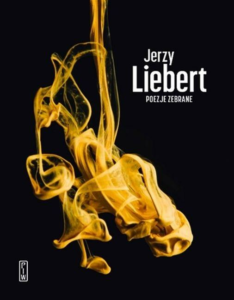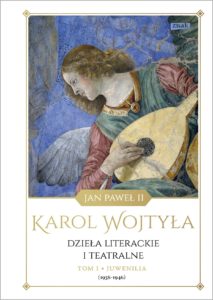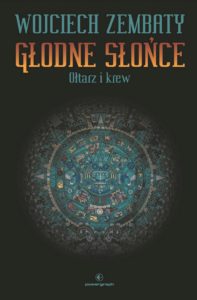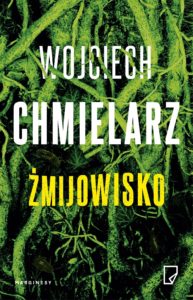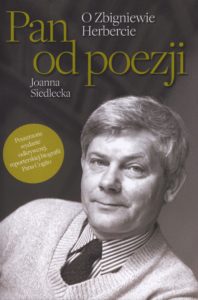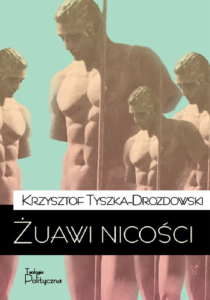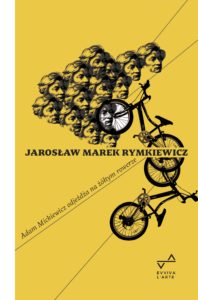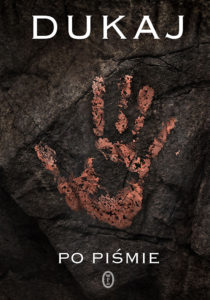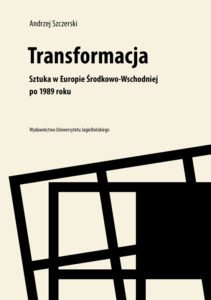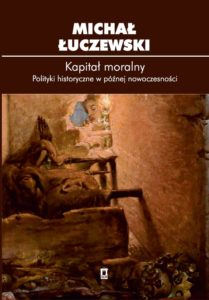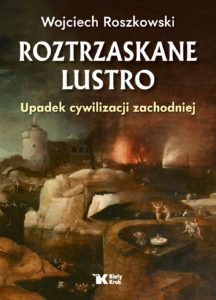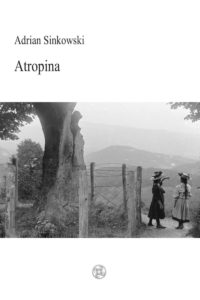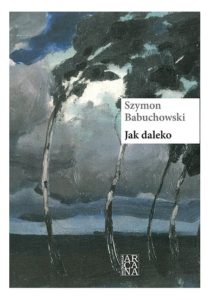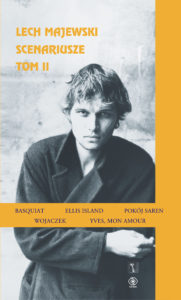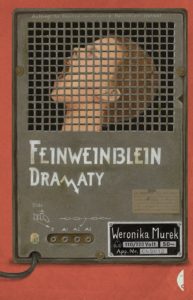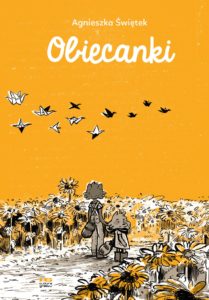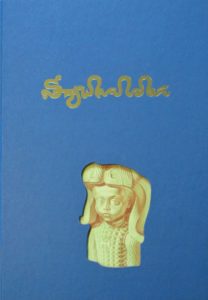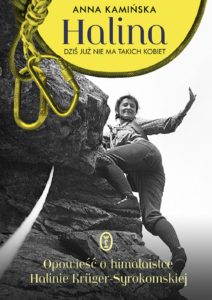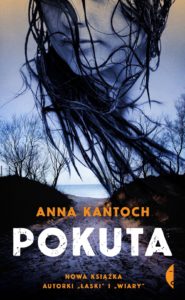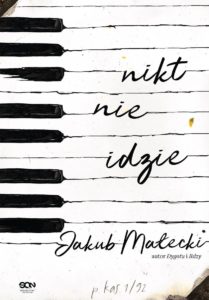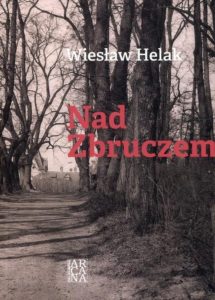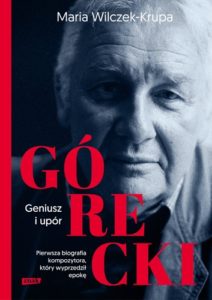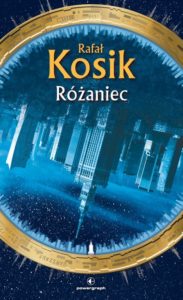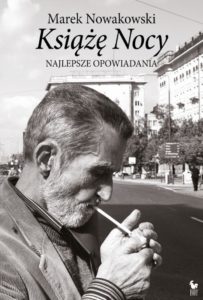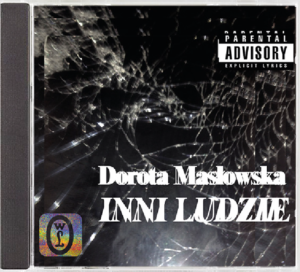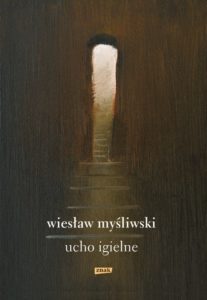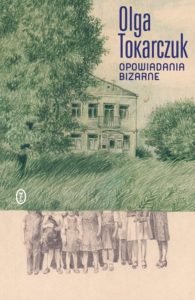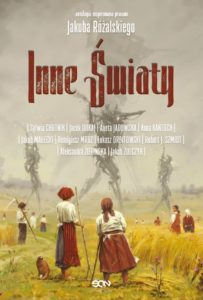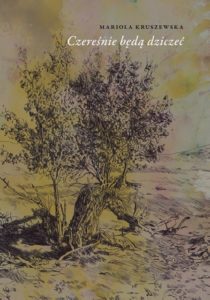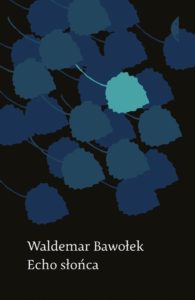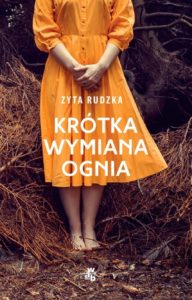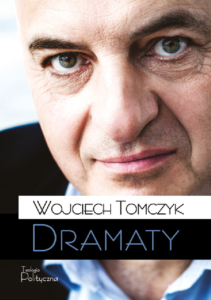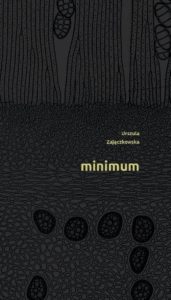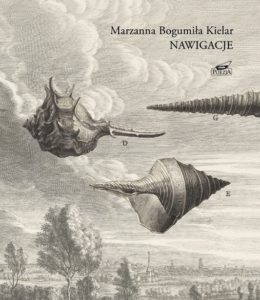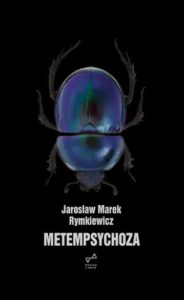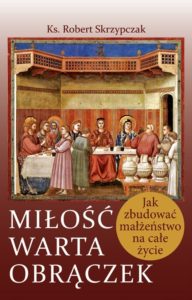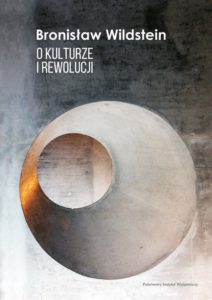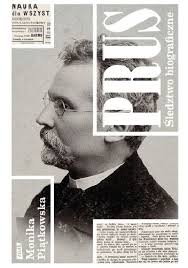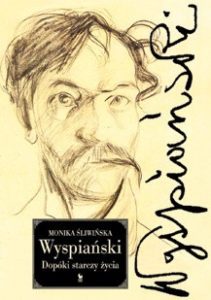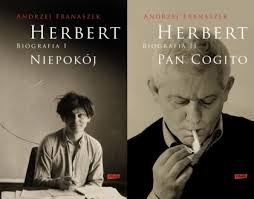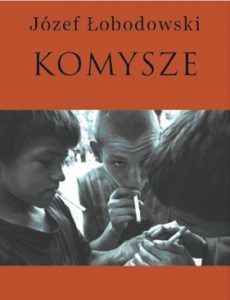The ecosystem of which humans are also a part is hugely valuable to us, but requires care too

That autumn, and then in the winter and spring, I would pop over to the Mała river whenever I had an hour or two to myself. Mostly to wander around and take a break from people. Daniel, however, became its resident and ambassador. What had happened there made him a nature and climate activist. He talked about the Mała to anyone who’d listen. He kept inviting people there, repeating the same story. So that everyone could hear it and maybe learn something. He spoke and wrote of a river that wanted to be free and wild, but wasn’t allowed to. He cleared building debris from its banks. He used a sledge to drag tires out of the water, and once he found a TV. Sometimes we’d meet at the Mała, but more often we’d miss each other. Still, we regularly sent each other photos and recordings of chance finds. A dead shrew, deer tracks. “Listen, crackling oaks at -12° C.” “Look, what a nice cauliflower mushroom.” Or: “You’ll find a beautiful parasol mushroom at the meander where the old dam used to be, enjoy.” We got a few camera traps with which we caught the nocturnal visits of foxes, herons and boars. Even more frequent in the recordings were dogs and children, who would wave and stick their tongues out at the cameras. We moved our beaver watching further south, where the Mała flows from the Soleckie Meadows. We knew that a few families lived there. One of them built a big dam right by the fence of a gated community. It fed mostly in a small bog at the feet of the dunes in Czarnów. We called this place the water farm, because it would steadily flow into the furrows of the former potato field, now covered with pines. Another family (one, or maybe more?) beavered at the village’s drainage ditch. There were five or six dams there, two or three lodges, and so much water that we had to settle for conjecture and generalisations. It was hard to tell, anyway, whether that ditch wasn’t really the river’s main channel, because a few kilometres further on it connected back to the other branch.
We did some beaver watching, but it was streaked with grief. With the memory of what happened at the wetland in the forest. Anyway, Daniel decided to take matters into his own hands. To repair the damage done to the river, at least in part, he started pretending to be a beaver. He built a makeshift dam, and learned how difficult it is while he was at it. Although the water was now only knee-deep in that part, it flowed so fast that stabbing even just a branch into the bottom took superhuman strength. The silt that he used to try and seal the construction was immediately flushed away. But he got there in the end. After a few weeks, the Mała was partitioned by a semi-watertight dam, which slowed the current at least a little. A snowy winter, a late thaw and a rainy spring all helped. The thin trickle of water flowed down the branch of the river all the way to the pond at Grzybowa. Sometimes, to contribute to the undertaking, I would also drag in a random bough from the forest and throw it into the channel. I treated this as an act of civil disobedience. I remembered the words of Wiktor Kotowski, a biologist at the University of Warsaw, who claimed that nothing rewilds a river like trees on its banks and logs in its current. He would talk of how the geomorphology in mountain rivers is shaped by stones and gravel, while in lowland ones – by woody debris and logs, also those felled by beavers. They make the river start to meander. It slows down, no longer a drainpipe but a water reservoir. By constructing imitations of beaver dams we can, in the short term, stimulate the natural processes taking place in a stream and let it catch the right rhythm for at least a moment – writes Michael M. Pollock, an American biologist working in hydrology research for one of the government agencies. According to Pollock, building such dams only makes sense, however, if – with time – their handling is taken over by beavers, much more scrupulous at managing water resources than we are.
Excerpt translated by Marta Dziurosz
The ecosystem of which humans are also a part is hugely valuable to us, but requires care too

Translation rights: Andrew Nurnberg Associates Warsaw, anna.rucinska@nurnberg.pl
These largest European rodents lived in primordial forests, building their complex abodes with the use of tools that Homo sapiens had no concept of at the time. In this way, they banked up water or changed its course, influencing forest biodiversity and shaping the landscape like architects. The names of many lakes, villages, towns and routes, chosen all the way back in the Middle Ages, still attest to the ancient relationships between humans and beavers. The pelts of these animals were incredibly valuable then as material for making coats and hats which protected against the cold and damp. Their meat, tails, teeth and fat were also used, and the beaver secretion called castoreum had its uses in medicine, and later in perfumery. This is why after World War II their population was much reduced. Only a post[1]war, state-owned beaver farm in Popielno (in Masuria) made it possible for these beautiful, unique rodents to be returned to nature almost at the last moment, before they went completely extinct. In the seventies and eighties Polish beavers were transported hundreds of kilometres from Masuria to countries like the United Kingdom and the Netherlands, where they could live in nature reserves or in the wild. Humans, who once almost exterminated the species, are today the only ones responsible for protecting it.
In his lyrical nature reportage Adam Robiński takes the reader to central and eastern Poland, to the dense, still barely accessible forests of Masuria, Warmia, the Greater Poland region and the Bieszczady Mountains, where today many beaver families live in the wild, well-hidden from humans. He also demonstrates the extent to which Polish and European culture is indebted to nature – the beaver was and is an inspiration to many artists, writers and film-makers. The ecosystem of which humans are also a part is hugely valuable to us, but requires care too.
Katarzyna Wójcik
Translated by Marta Dziurosz
Selected samples
She climbed her first peaks in a headscarf at a time when women in the mountains were treated by climbers as an additional backpack. It was with her that female alpinism began! She gained recognition in a spectacular way. The path was considered a crossing for madmen. Especially since the tragic accident in 1929, preserved … Continue reading “Halina”
First, Marysia, a student of an exclusive private school in Warsaw’s Mokotów district, dies under the wheels of a train. Her teacher, Elżbieta, tries to find out what really happened. She starts a private investigation only soon to perish herself. But her body disappears, and the only people who have seen anything are Gniewomir, a … Continue reading “Wound”
A young girl, Regina Wieczorek, was found dead on the beach. She was nineteen years old and had no enemies. Fortunately, the culprit was quickly found. At least, that’s what the militia think. Meanwhile, one day in November, Jan Kowalski appears at the police station. He claims to have killed not only Regina but also … Continue reading “Penance”
The year is 1922. A dangerous time of breakthrough. In the Eastern Borderlands of the Republic of Poland, Bolshevik gangs sow terror, leaving behind the corpses of men and disgraced women. A ruthless secret intelligence race takes place between the Lviv-Warsaw-Free City of Gdańsk line. Lviv investigator Edward Popielski, called Łysy (“Hairless”), receives an offer … Continue reading “A Girl with Four Fingers”
This question is closely related to the next one, namely: if any goal exists, does life lead us to that goal in an orderly manner? In other words, is everything that happens to us just a set of chaotic events that, combined together, do not form a whole? To understand how the concept of providence … Continue reading “Order and Love”
The work of Józef Łobodowski (1909-1988) – a remarkable poet, prose writer, and translator, who spent most of his life in exile – is slowly being revived in Poland. Łobodowski’s brilliant three- volume novel, composed on an epic scale, concerns the fate of families and orphans unmoored by the Bolshevik Revolution and civil war and … Continue reading “Ukrainian Trilogy: Thickets, The Settlement, The Way Back”
